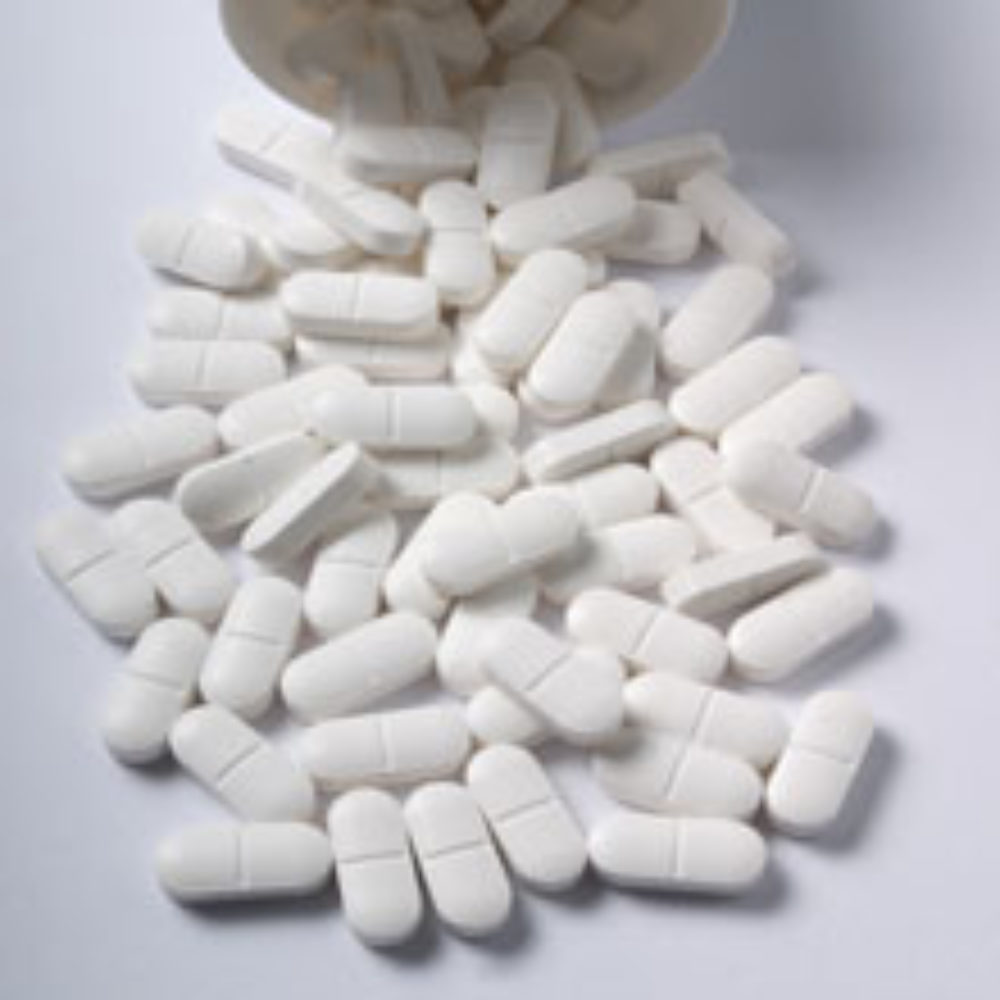Petition Filed to Limit Opioid Painkiller Marketing, Provide Better Guidance

A group of physicians and health experts want the FDA to rein in aggressive marketing tactics by the manufacturers of powerful painkillers and want new dosage and prescription limits to help cut down on overprescribing, abuse and overdose deaths.
Physicians for Responsible Opioid Prescribing (PROP) filed a petition (PDF) with the FDA on July 25, seeking to limit the advertising and prescribing of instant-release and extended-release opioid analgesics, such as OxyContin, Opana and fentanyl, to patients who were suffering from severe pain. The petition also calls for a maximum daily dose equivalent to 100 milligrams of morphine for non-cancer pain and a maximum duration of 90-days for continuous, daily use for non-cancer pain.
Many doctors overestimate the safety of these powerful painkillers and believe overdoses can be avoided by slowly raising the dosage, according to the petition.

Did You Know?
Millions of Philips CPAP Machines Recalled
Philips DreamStation, CPAP and BiPAP machines sold in recent years may pose a risk of cancer, lung damage and other injuries.
Learn More“These misperceptions lead to over-prescribing and high dose prescribing,” the petition states. “By implementing the label changes proposed in this petition, FDA has an opportunity to reduce harm caused to chronic pain patients as well as societal harm caused by diversion of prescribed opioids.”
Currently, instant-release and extended release opioid painkillers are indicated for “moderate-to-severe” pain. The petition would drop the word moderate from the labels, which PROP says encourages doctors to prescribe powerful painkillers for people who say their pain rates as a 4 to 6 on a pain scale of 10.
If the FDA acts on the petition, that change, and the maximum daily limit, could have a massive effect on the number of painkillers being prescribed in the U.S.
Painkiller Overdose Deaths on the Rise
Opioid painkillers, also known as opioid pain relievers (OPRs), are a class of analgesics that includes methoadone, oxycodone and hydrocodone, among others. They are controlled substances that are supposed to only be obtained through prescription for the alleviation of pain. However, abuse of the drugs has increased steadily through the years.
The amount of opioid painkillers doled out to U.S. patients has increased by a factor of four over the last decade, the petition notes. Last year alone, long-acting and extended-release painkillers were prescribed 22.9 million times. That explosion of painkiller prescriptions has been accompanied by a fourfold increase in the number of painkiller overdose deaths. The number of people seeking help for painkiller addictions has increased by a factor of six.
In January, the U.S. Centers for Disease Control and Prevention (CDC) announced that prescription drug overdoses had reached epidemic proportions. More people are killed by prescription painkillers than by illegal use of cocaine and heroin combined.
Nine million people currently report long-term use of OxyContin and similar painkillers in the U.S. and another 5 million use the drugs for nonmedical purposes; typically abuse.
New FDA Safety Measures
Earlier this month the FDA announced new safety measures for extended-release and long-acting opioid medications that includes new educational courses for patients and prescribing doctors.
Doctors will be taught how to choose patients appropriately, how to teach their patients safe use of powerful painkillers and what signs to look for in order to spot abuse and addiction. Through the program, patients will be provided with updated medication guides and other documents that instruct them on the proper care of the drugs, signs of overdose, advice on how to store the drugs safely and emergency contact information.
The plan requires more than 20 companies that make opioid painkillers to foot the bill. But it does not address so-called “pill mills” where doctors supply a steady stream of painkillers to patients with no questions asked.
Get more articles like this sent directly to your inbox.
"*" indicates required fields
1 Comments





stephenOctober 16, 2012 at 9:34 am
i had major back surgery in 2004. i had and still have a lot of back pain .i was prescribed oxycontin and oxycodone. i had to go on social security because of the pain but also because of the meds.recently i had to go on medicare with humana as my prescription drug insurer. humana wont pay for oxycontin so they suggested morphine, i really got addicted bad .then they wouldnt give me anymore and wi[Show More]i had major back surgery in 2004. i had and still have a lot of back pain .i was prescribed oxycontin and oxycodone. i had to go on social security because of the pain but also because of the meds.recently i had to go on medicare with humana as my prescription drug insurer. humana wont pay for oxycontin so they suggested morphine, i really got addicted bad .then they wouldnt give me anymore and withdrawls were terrible . id like to sue. please advise.